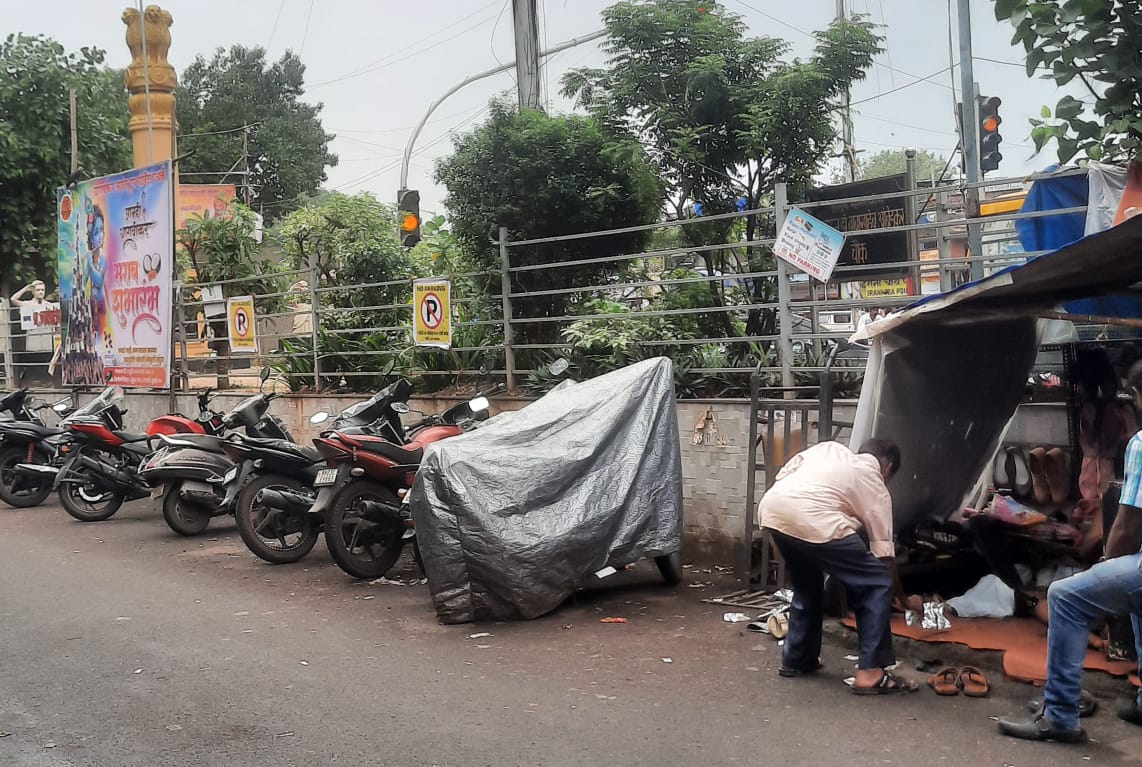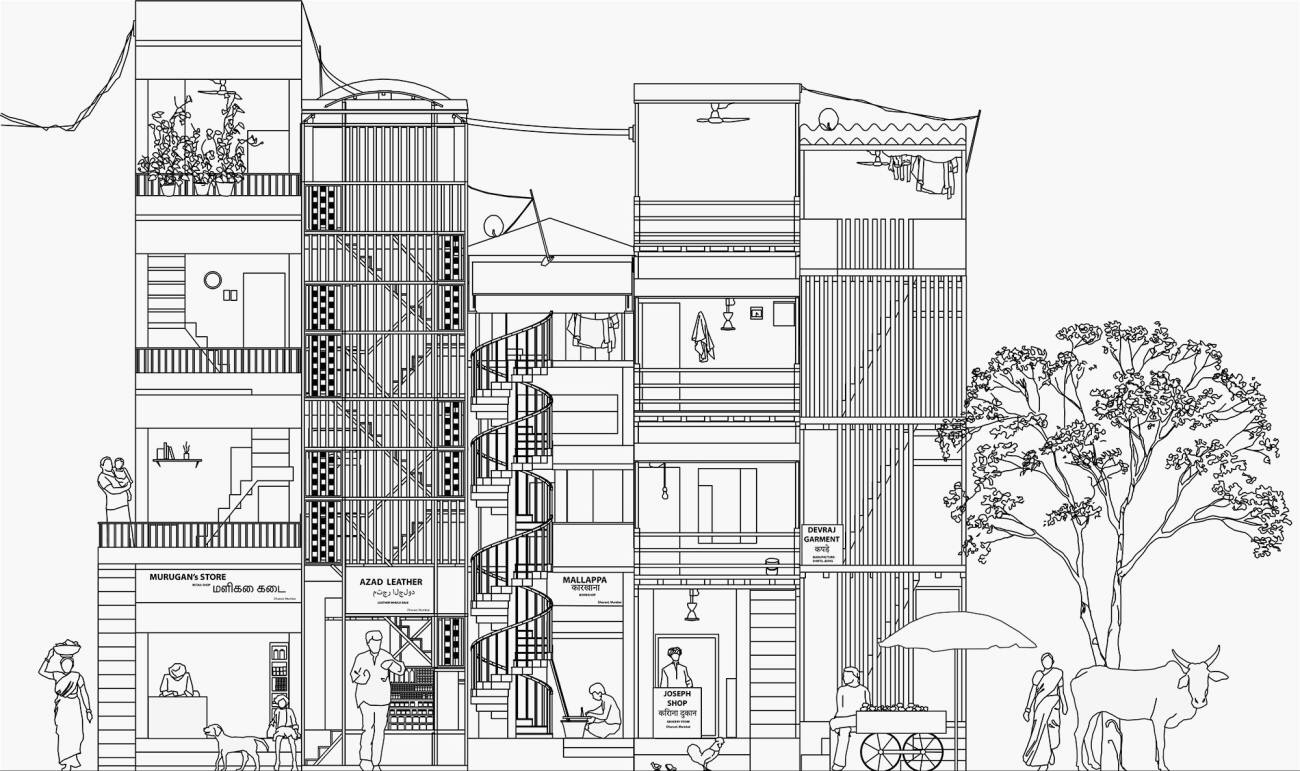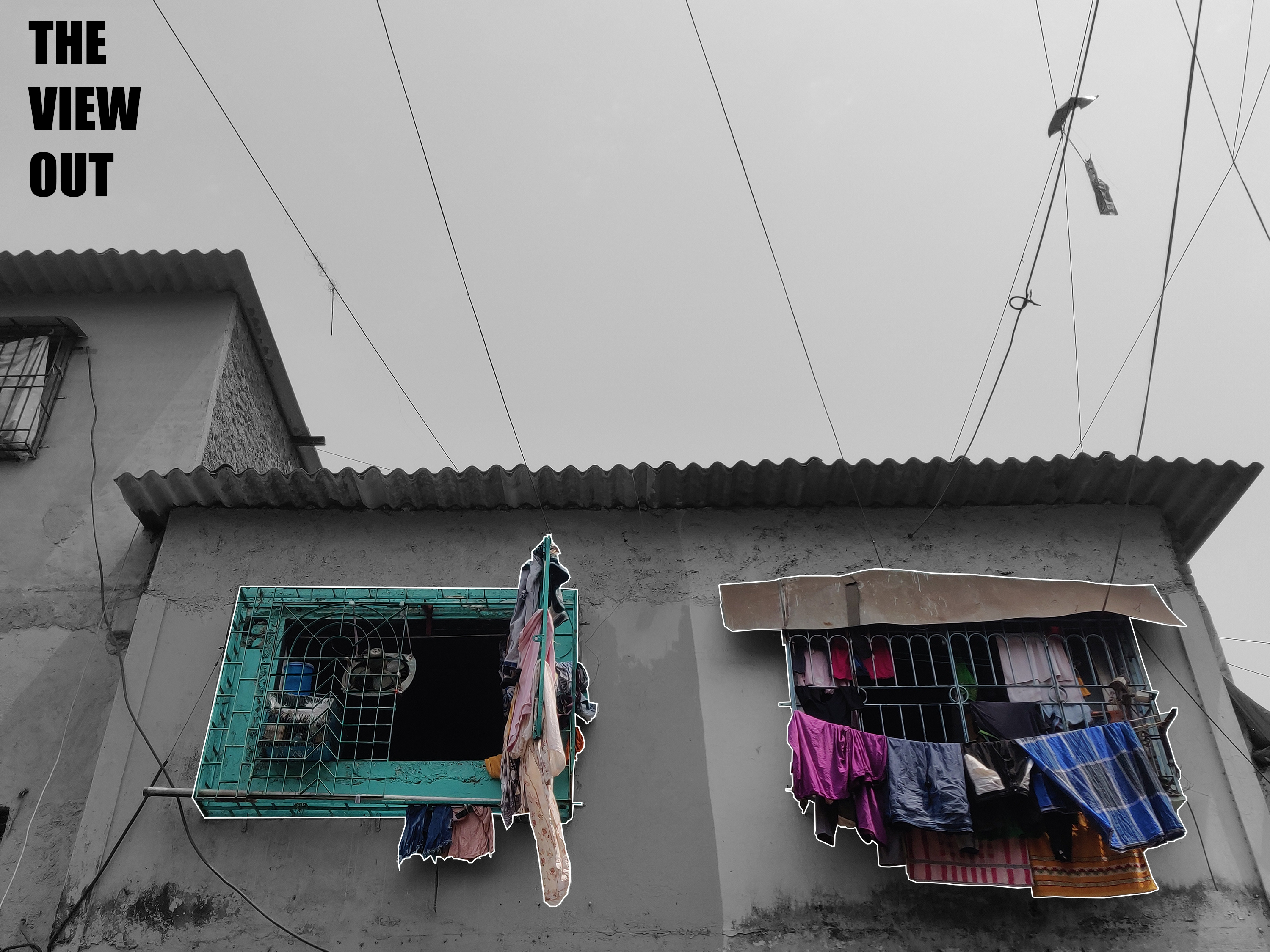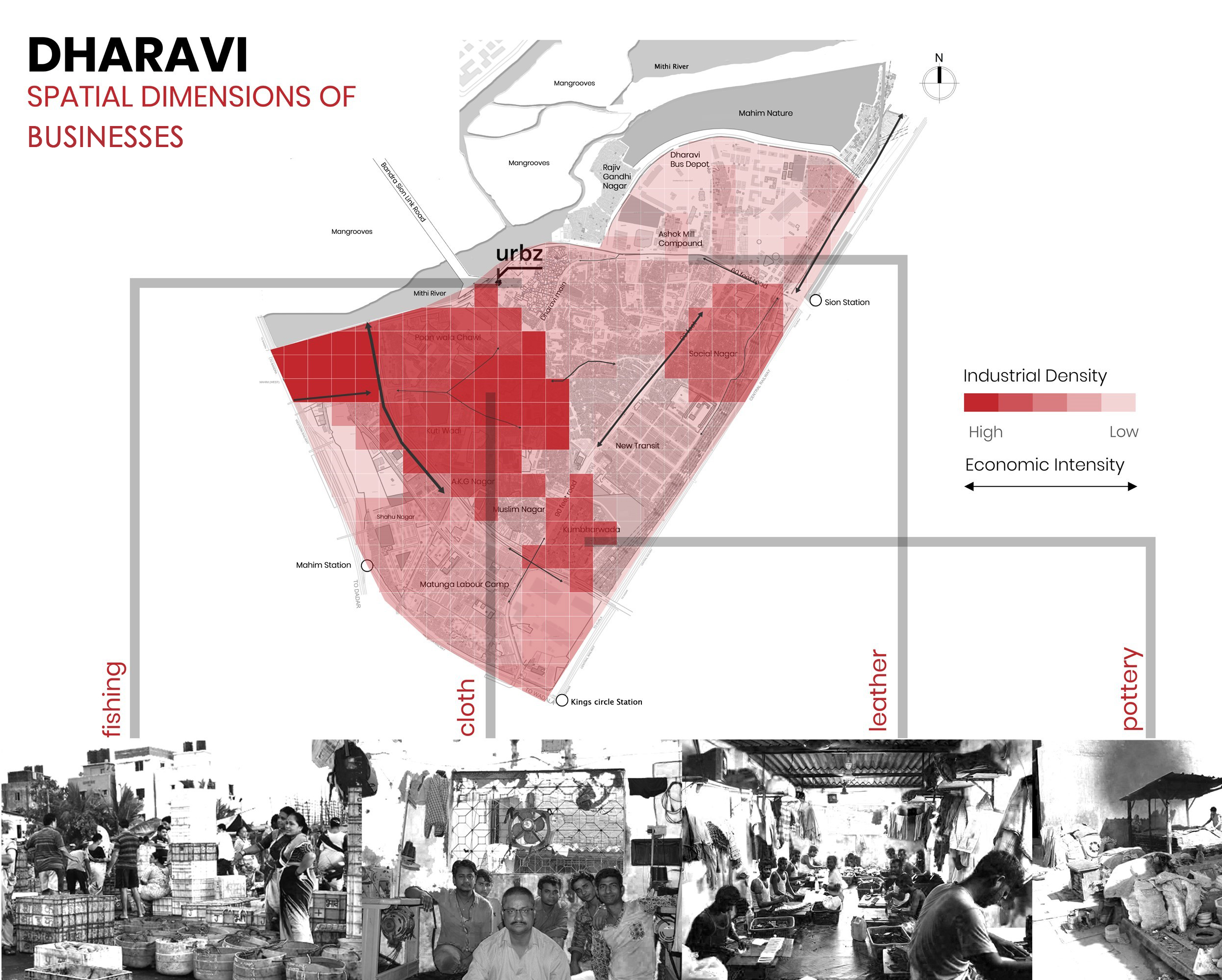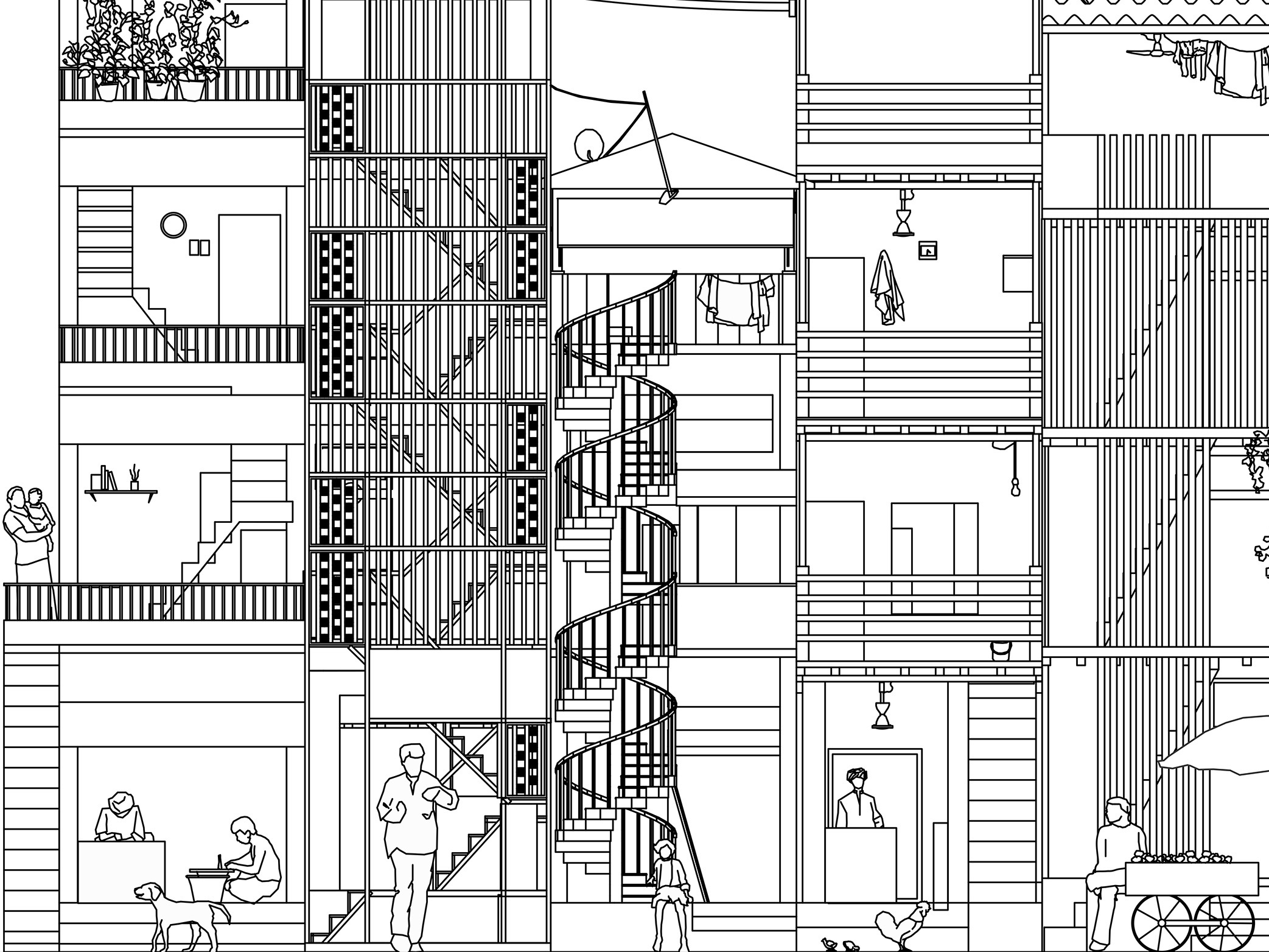12 result(s)
On a rainy afternoon, we visited Irfan’s workshop, somehow quieter than the surroundings. We assisted and watched him while he worked, and he narrated his story to us.
Originally from Ratnagiri, Ravi built his career over three decades in Dharavi’s vibrant informal economy. Despite relocating to Diva, he remains deeply rooted in the locality, valuing its close-knit support system. The piece highlights his concerns over redevelopment, the resilience of Dharavi during the pandemic, and the socio-economic networks that sustain livelihoods like his. Ravi’s journey
Samsuddin, a printmaker in Dharavi, Mumbai, whose small but efficient studio reflects the spirit of local enterprise. From printing school uniforms for suburban Mumbai to receiving an order from his hometown in Uttar Pradesh, Samsuddin's journey weaves personal strength with community-rooted entrepreneurship. He exemplifies how creativity and determination shape life in Dharavi. Amidst talks of
Shankar Jadhav, a 61-year-old cobbler, defies caste boundaries beneath Samvidhan Square. With calloused hands, a love for books, and quiet resilience, he mends shoes, nurtures a square, and challenges the invisibility imposed by society: one stitch, one flower, one act of dignity at a time.
Dharavi is a homegrown neighborhood, its development occurred without a master plan or construction law, emerging from the inhabitants' needs. Built structures and open spaces come in many shapes in forms – with a recurring and flexible work-home typology known as the tool-house. Yet, the profound significance of acknowledgement and recognition in the context of the tool-house prompts us to delve
In the second part of this series, we explore two leather workshops near the 90 feet road in Dharavi, to understand where and how all processes in the creation of leather products are carried out.
Dharavi is a prime real estate location due to its closeness to public transport systems, business districts, as well as ecological hotspots. The proximity of living quarters to where individuals work, often from within households, brings both benefits and challenges to households and businesses.
Not all is worthy of the bin! Our latest column in The Hindu explores features of Indian urbanism that could inspire cities around the world. (The Hindu 24.09.2017)



